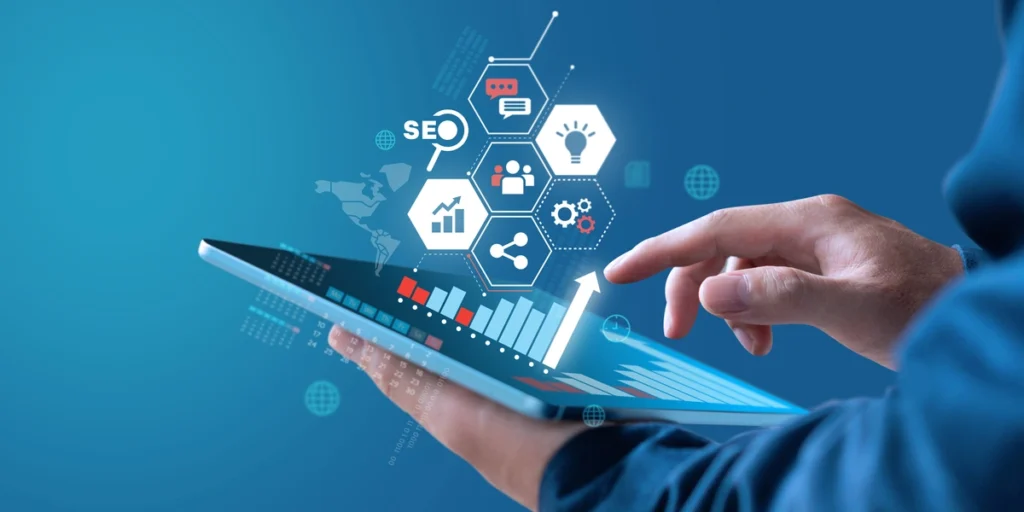Digital Transformation
The impact of digital technologies on traditional industries, the potential benefits and challenges of digital transformation, and the skills and strategies required for successful digital transformation initiatives.
Digital transformation refers to the process of using digital technologies to fundamentally change how businesses operate and deliver value to their customers. The impact of digital technologies on traditional industries has been profound, with many companies being forced to adapt or risk being left behind.

The potential benefits of digital transformation are numerous, including increased efficiency, improved customer experiences, and the ability to unlock new sources of value.
However, digital transformation also presents significant challenges, including the need for new skills and strategies, the need to manage and secure data effectively, and the potential for disruption to traditional business models.
The impact of digital technologies on traditional industries has been significant. The surge in e-commerce has revolutionized the retail sector, leading to the closure or adaptation of many brick-and-mortar stores.
The rise of online streaming has transformed the media industry, with many traditional broadcasters and cable companies struggling to compete. Online education’s rise has transformed the education industry, prompting universities and colleges to adopt new online learning models.
The potential benefits of digital transformation are numerous. For example, digital technologies can increase efficiency by automating manual processes and reducing the need for physical infrastructure.
Digital technologies can also improve customer experiences by providing personalized services and delivering value in new ways. Additionally, digital technologies can unlock new sources of value by creating new products and services that were previously impossible.
However, digital transformation also presents significant challenges. For example, the need for new skills and strategies can be a significant barrier to digital transformation.
Traditional industries often comprise workers with decades of experience who may lack the skills to adapt to new technologies.
Additionally, managing and securing data effectively can be a significant challenge, particularly in industries that generate vast amounts of data. Data breaches can have severe consequences, including financial loss and damage to reputations.
To overcome these challenges, businesses need to adopt a range of strategies and skills. Businesses must invest in training programs to equip employees with skills needed for new technologies.
Additionally, businesses need to adopt agile methodologies that allow them to rapidly iterate and experiment with new products and services. Businesses also need to invest in data management and analysis tools that help them manage and secure data effectively.
Successful digital transformation initiatives also require a range of skills. For instance, businesses require a clear vision and strategy for digital transformation aligned with their needs and customer demands.
Businesses require strong leadership to drive change and inspire employees to adopt new technologies and methods of operation. Additionally, businesses need to have a culture of innovation that encourages experimentation and risk-taking.
Conclusion
Digital transformation has the potential to transform traditional industries and unlock new sources of value. Technologies have profoundly impacted industries, compelling many businesses to adapt or risk being left behind.
Digital transformation offers numerous benefits, including enhanced efficiency, better customer experiences, and unlocking new sources of value.
Yet, digital transformation brings significant challenges, such as the demand for new skills and strategies. Effective data management and security, and potential disruption to traditional business models.
To overcome these challenges, businesses must adopt strategies like investing in training, embracing agile methodologies, and using data analysis tools.
Successful digital transformation initiatives also require strong leadership and a culture of innovation that encourages experimentation and risk-taking. This allows businesses to leverage digital technologies for innovation, benefiting both individuals and society. 온라인카지노





